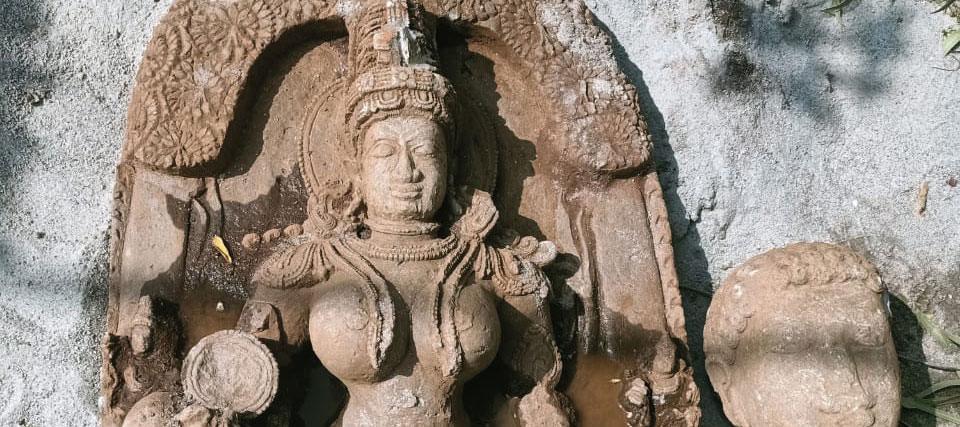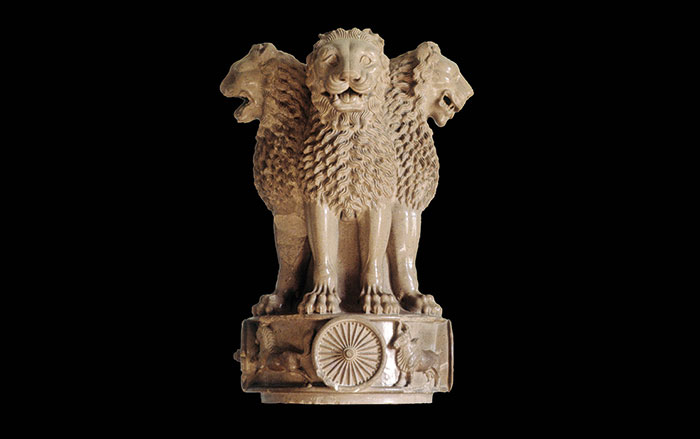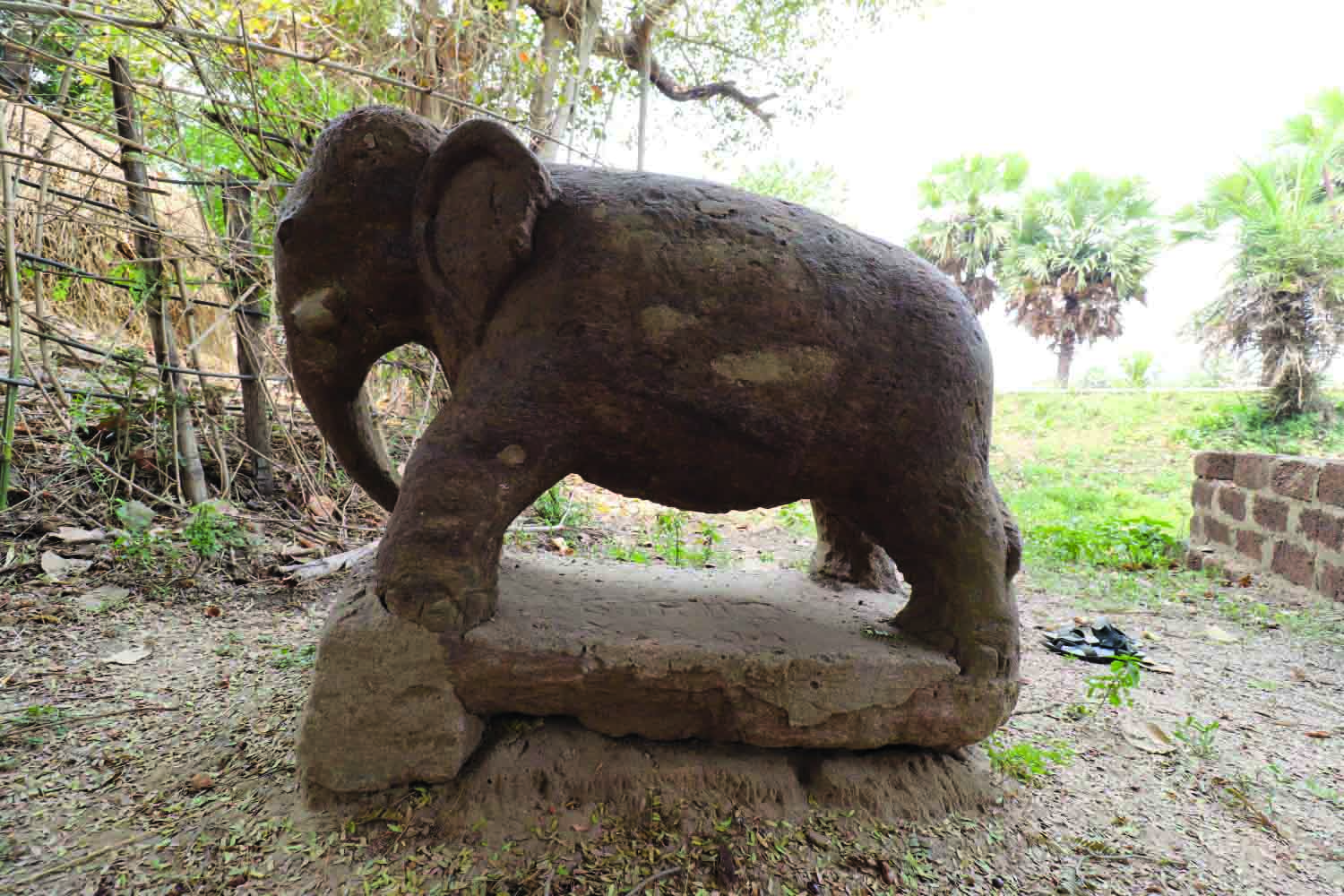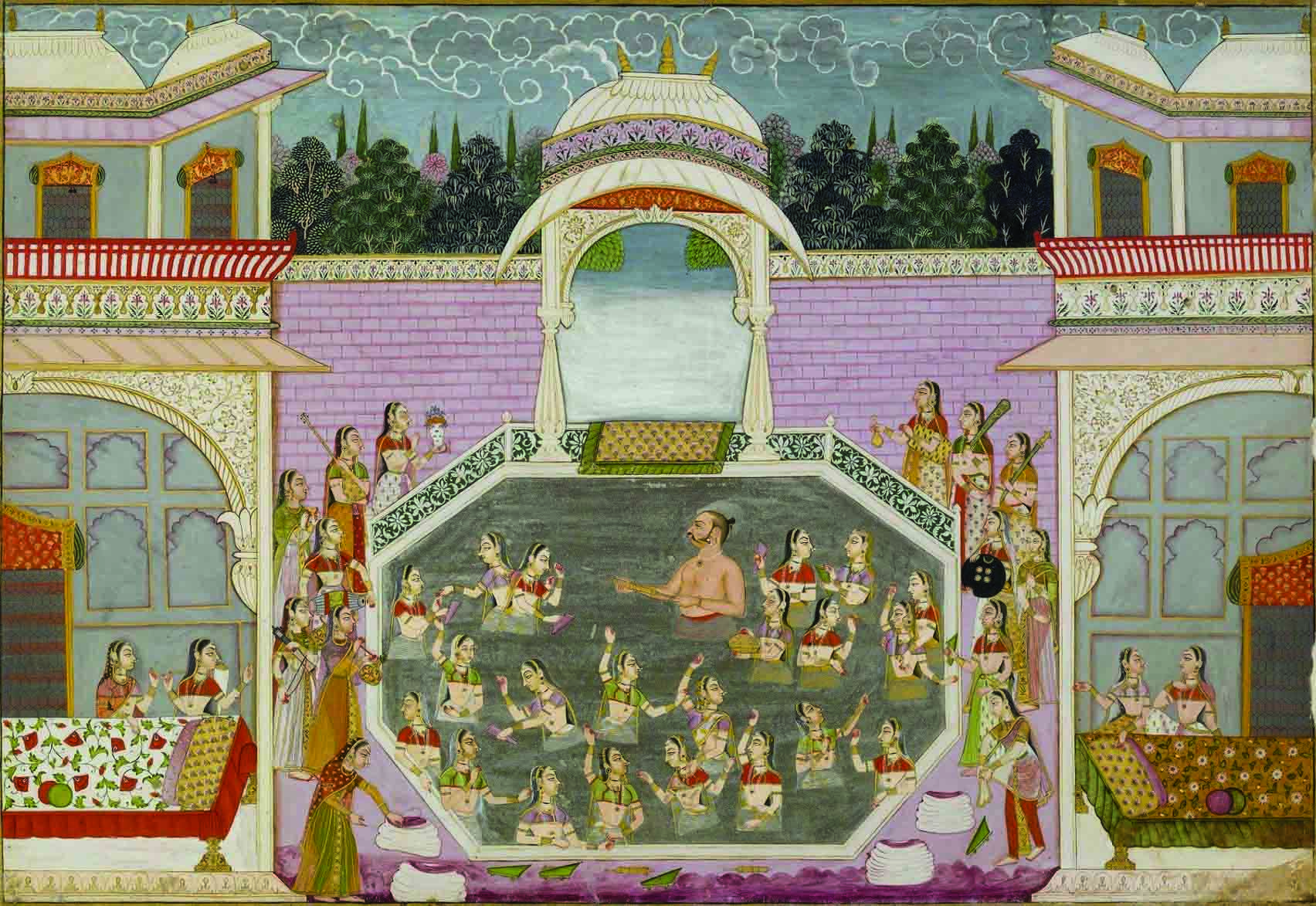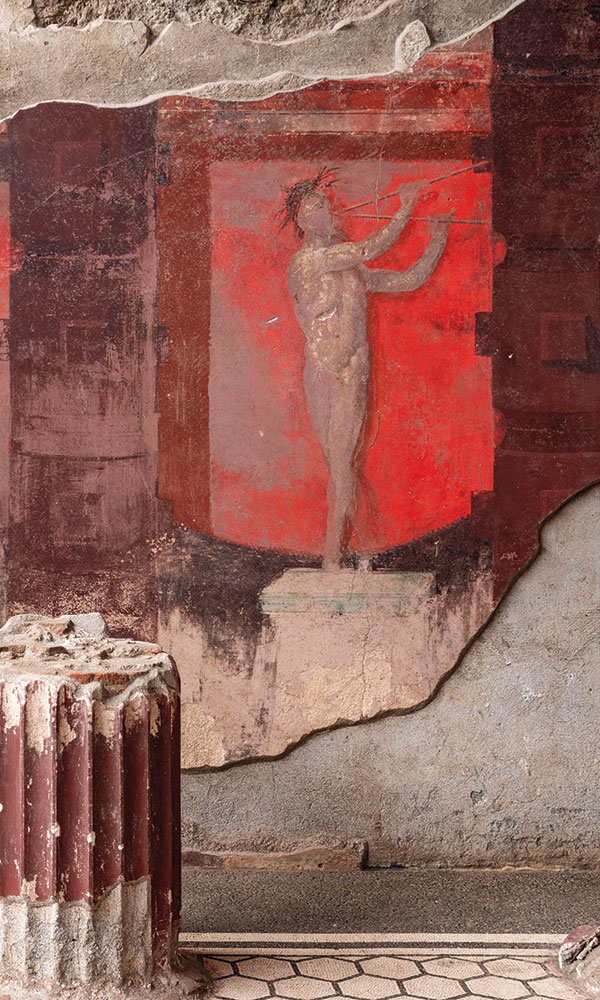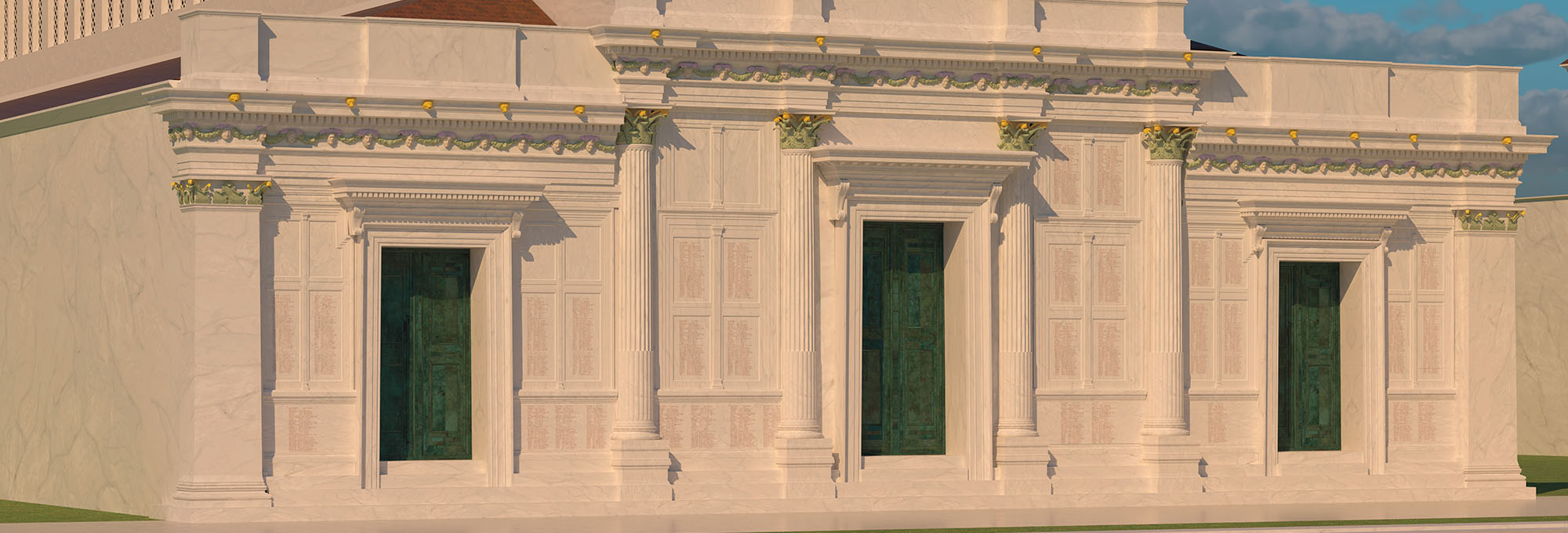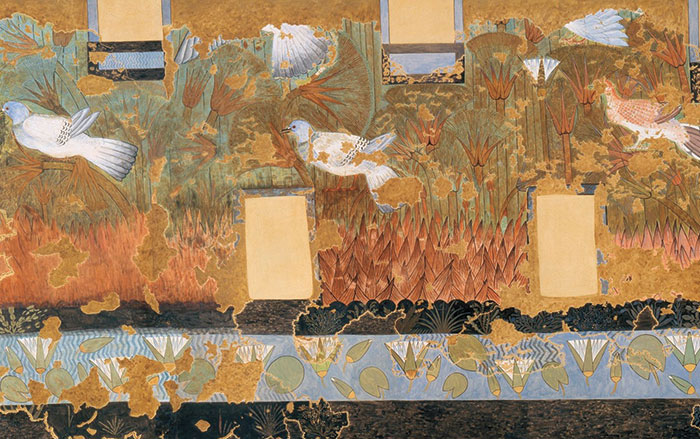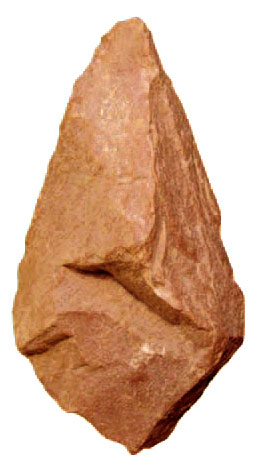
INDIA: The constantly evolving map of early human migration has another new path. Seventy Acheulean hand axes, early stone tools thought to have been made by Homo erectus, and hundreds of other tools found in southern India have been dated—using both paleomagnetic and cosmogenic nuclide burial dating—to between 1 and 1.5 million years ago, suggesting that early human species left Africa and the Near East more than 500,000 years earlier than previously thought.


